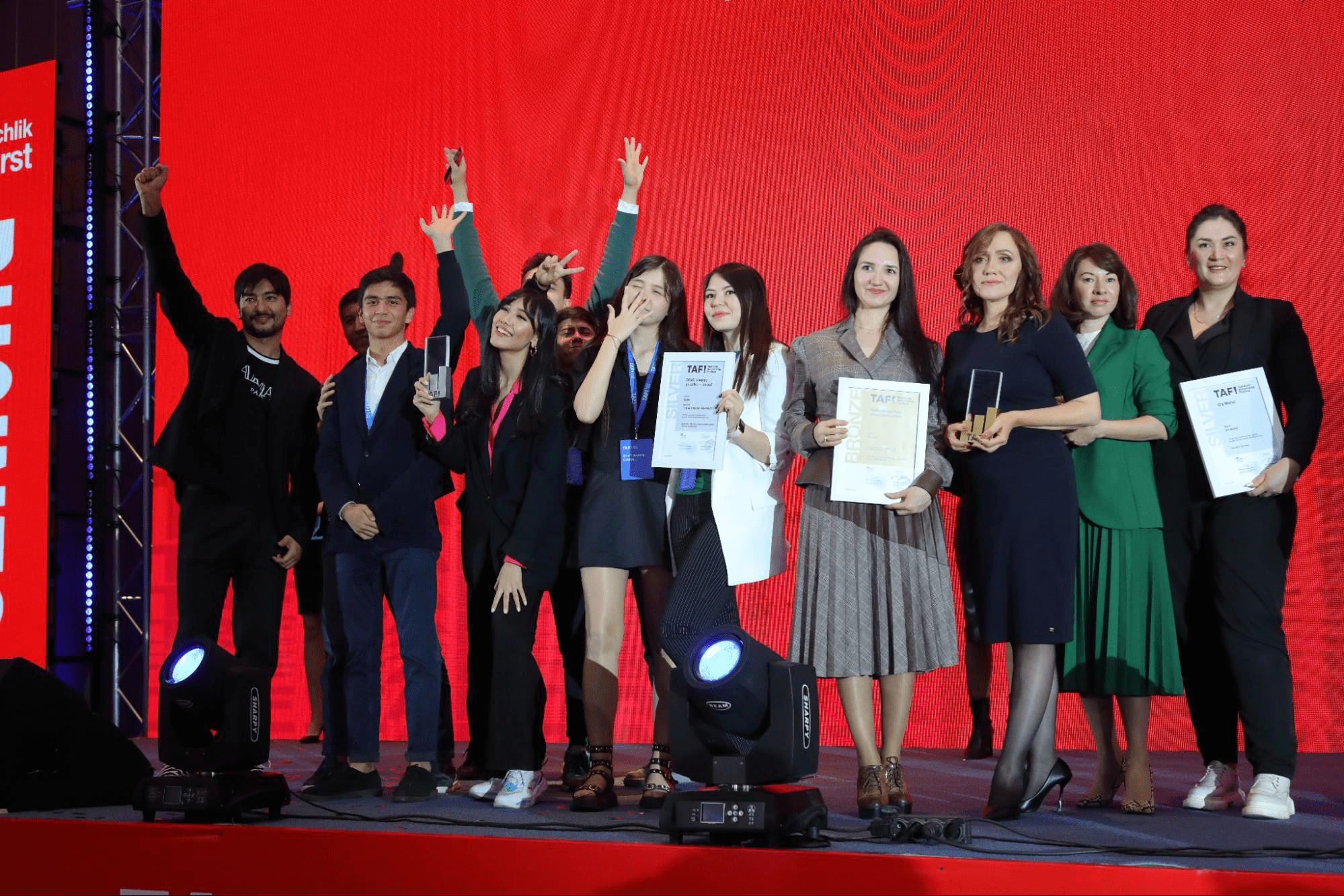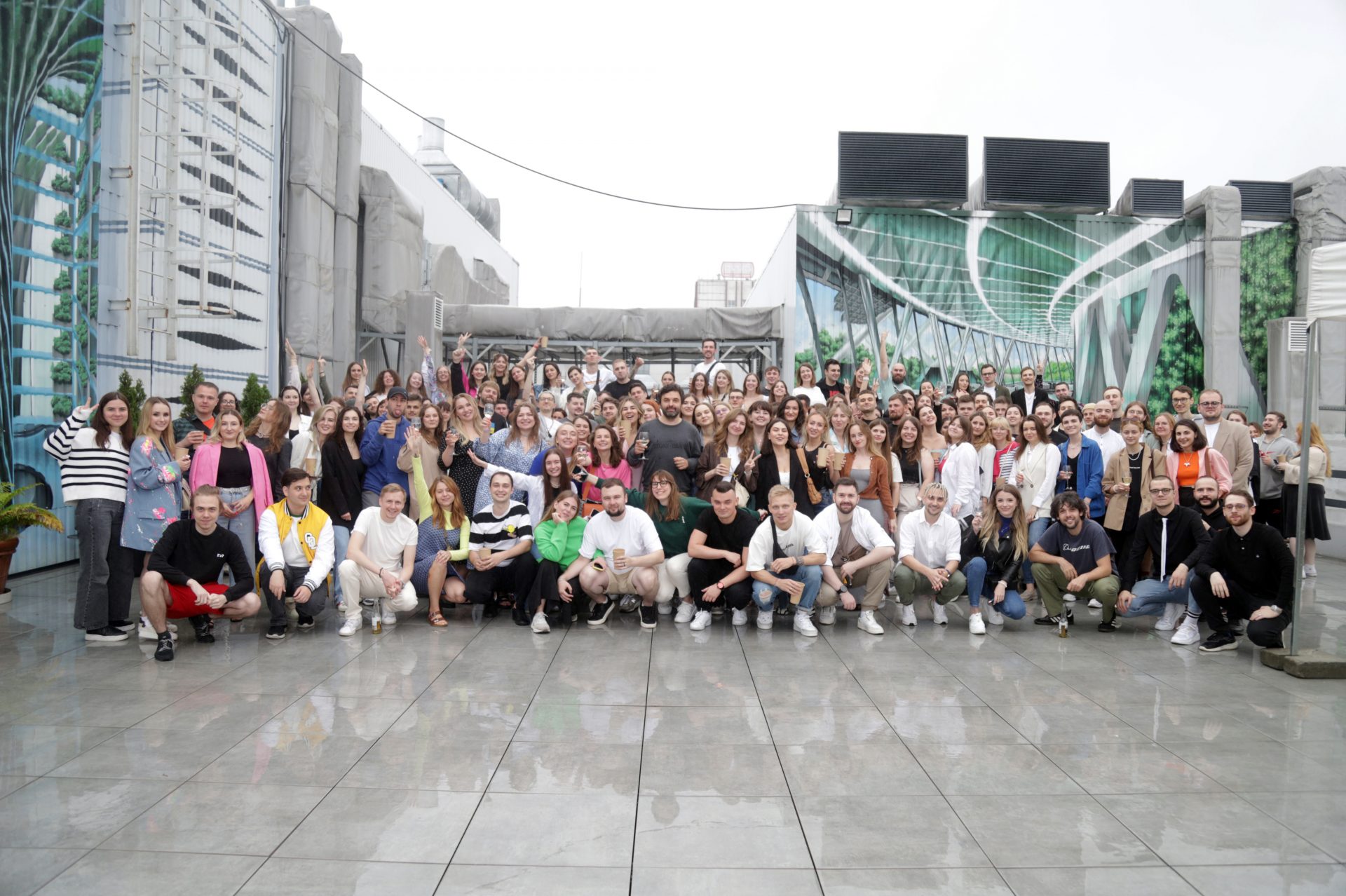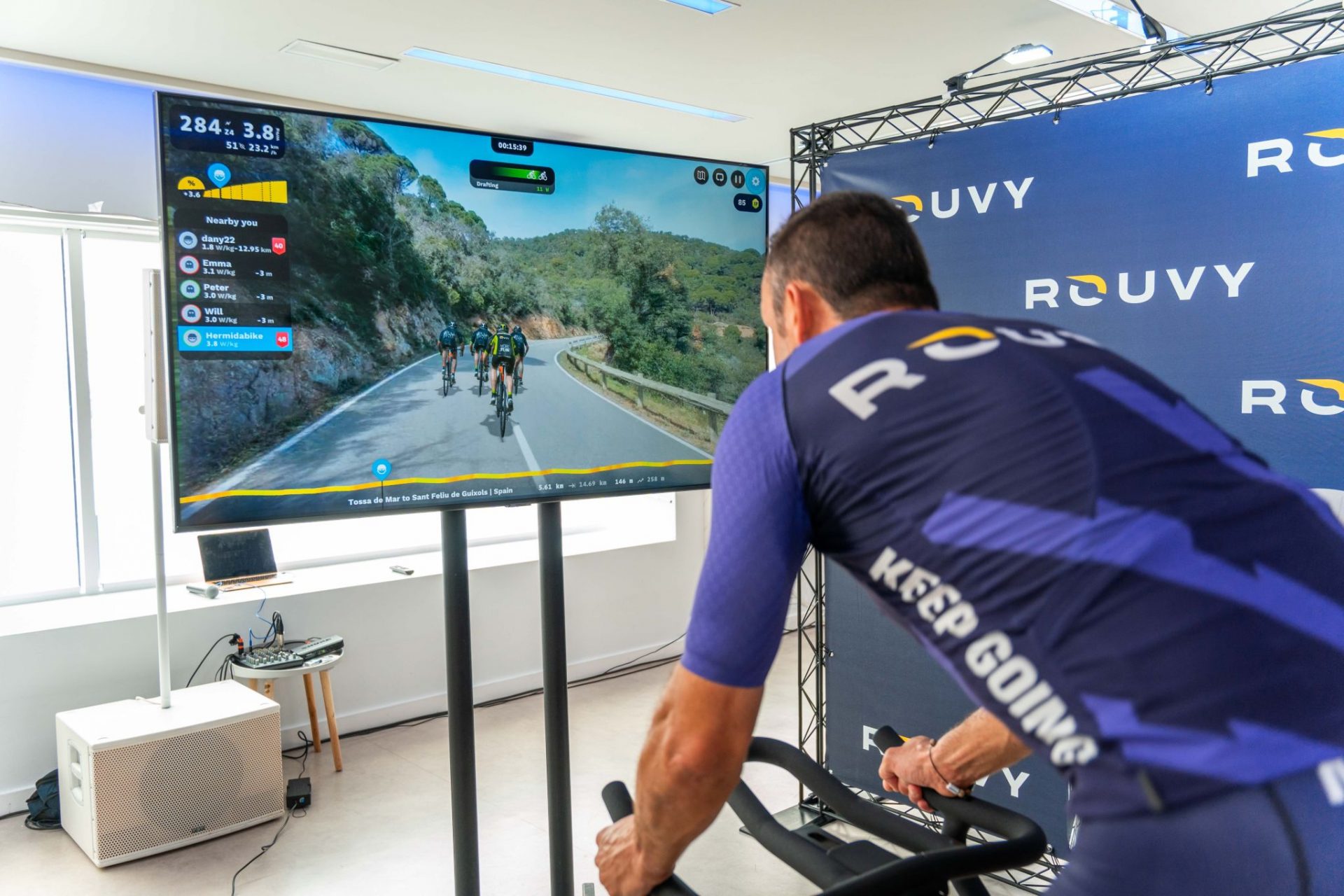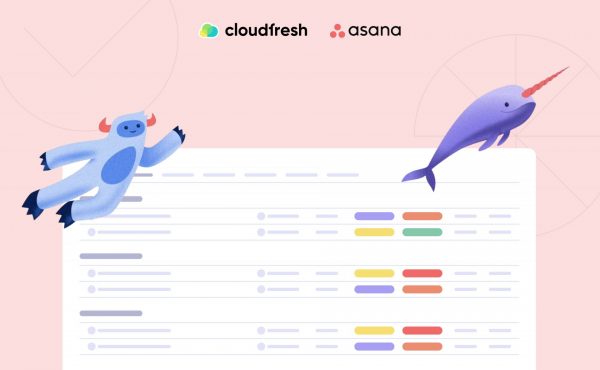Asana AI, a.k.a. Asana Intelligence 101
The Five Inspiring Asana Case Studies from Europe and Central Asia—Crafted by Cloudfresh
- Quick Take
- 1. Assembly Global: Turning Overwhelm into Oversight

- 2. FCB Artgroup: From Reactive to Proactive

- 3. Laba Group: Growth without the Growing Pains

- 4. PashaPay: Ditching the Tool Jungle

- 5. ROUVY: Where the Asana and Jira Routes Converge

- Asana Case Studies: Who We Are
In this blog post, we’d like to highlight the journeys of five standout companies from across Europe and Central Asia that have made real, lasting changes by rolling out Asana.
Each story sheds light on the specific hurdles they faced, the thoughtful approaches they took, and the results they’ve seen since. Whether you’re exploring new ways to manage work or looking for a fresh perspective on team collaboration, these Asana case studies offer practical ideas and inspiration to help you get there.
- Assembly Global, a marketing powerhouse
- FCB Artgroup, an influential creative and advertising agency
- Laba Group, an international EdTech leader with a diverse portfolio of online education brands
- PashaPay, a FinTech that facilitates digital payments for both individual consumers and organizations
- ROUVY, a fitness visionary with a global virtual cycling app
Despite the difference in scopes and sectors, each company turned to Asana. But they were never alone.
Quick Take
- Challenges of the Past: Before turning to Asana, all five companies—Assembly Global (formerly Brand New Galaxy), FCB Artgroup, Laba Group, PashaPay, and ROUVY (the order is purely alphabetical; we value all clients equally!)—ran into serious roadblocks with how they managed their work. While each faced its own unique circumstances, there were several common threads.
- Searching for a Single Source of Truth: Each company’s path to adopting Asana looked a little different—but they all reached the same conclusion: a smarter, more reliable way to manage work was a must. Whether driven by a need for structure, speed, or better communication, Asana offered a foundation they could build on.
- From Talking to Connecting: One of the biggest shifts these companies saw after adopting Asana was how their teams communicated and worked together. It wasn’t just about bringing down the number of meetings or replacing messaging apps—it was about creating an easier and faster shared way of focused working.
- A Tool That’s Easy to Love: A key reason why Asana has been so successful for these companies is its simple, intuitive interface. As soon as teams start using it, they realize how easy it is to get up and running—no steep learning curves or complicated setups.
- Integration for Integrity: The move to Asana brought a new level of clarity to project tracking and workload management for all five companies. Rather than relying on fragmented systems or endless email threads, Asana gave them a centralized space where they could see exactly what was happening across their teams and projects.
- Though different in nature, the figures from all Asana case studies below paint a clear picture of both the challenges these companies faced and the improvements they saw after bringing the platform on board. Assembly Global’s massive project load, large team, and wide partner network highlight the complexity Asana helped them manage. For FCB Artgroup, the boost in productivity is a direct result of using Asana. Laba Group’s high adoption rate and the number of automated subtasks show just how much Asana has become a part of their everyday operations. PashaPay’s “if it’s not in Asana…” rule underscores how central the platform has become to their marketing team’s workflow, while ROUVY’s rapid integration with Jira demonstrates the platform’s ability to readily co-exist with other project management software.
1. Assembly Global: Turning Overwhelm into Oversight
Assembly Global had the challenge of juggling an enormous workload across multiple countries, clients, and offices. Different teams had been using different tools, and communication had been spread out across email, Teams, and informal peer-to-peer chats. As a result, it became harder to stay aligned and track progress.
How Were the Issues Addressed?
The company took a systematic approach, testing out different platforms before settling on Asana. With hundreds of active projects and a workforce spread across markets, they needed a tool that could handle both the scale and the complexity of their work. Asana checked those boxes and helped bring consistency to how projects are planned and shipped.
That being said, Assembly Global used Asana to bring together hundreds of employees across offices and time zones. Instead of juggling different tools and communication threads, teams could now keep everything—conversations, files, deadlines—in one place. This made it easier to stay in sync, whether someone was across the hall or on another continent.
Moreover, the company was wowed at how smoothly the transition went, thanks to Asana’s uncluttered interface. With minimal training, the team was able to adopt it quickly to stay organized and focused on what mattered most.
Assembly Global also embraced Asana’s transparency by using its centralized view to gain better oversight of projects. The ability to see everything in one place helped leaders understand not just the status of work but also how much capacity teams had to take on new projects—an essential tool for planning and resource allocation.
What Is the Outcome?
Assembly Global had been managing over 300 projects each month before adopting Asana—just to put the scale of their operations into perspective. With a team of 600 people and a vast network of hundreds of retailers to coordinate, the need for a unified system was clear.
The complexity of juggling so many moving parts was becoming overwhelming, and that’s exactly where Asana stepped in, allowing the company to manage an extensive workload with greater ease.
2. FCB Artgroup: From Reactive to Proactive

FCB Artgroup faced a lack of structure when it came to managing projects and assigning responsibilities. Planning workloads was a challenge, too, given that a hybrid team had been using outdated spreadsheets. No automation and real-time updates slowed things down, and managers often didn’t have a full picture.
How Were the Issues Addressed?
The company introduced Asana to bring more versatility into its processes. The shift was less about switching tools and more about reshaping how the team approached their work within predictable timelines and full visibility into daily/weekly/monthly task schedules. The result: fewer surprises and more confidence in delivery.
But FCB Artgroup didn’t just want better collaboration—they wanted smarter collaboration. By using Asana to organize conversations, task lists, and client feedback, they ultimately reduced the noise. Everyone involved—whether internal teams or external partners—had a clear view of where things stood.
The company said that Asana’s design made it easier to plan and manage tasks. The clean, functional interface gave them a clear overview of their work, which translated into less time spent navigating the tool and stronger results for clients.
At the end of the day, FCB Artgroup saw immediate improvements in how they managed resources. With Asana, they could easily view and adjust team workloads based on up-to-date information about ongoing projects. This degree of visibility enabled them to manage task assignments more effectively, making sure that no individually strong skillset was underutilized.
What Is the Outcome?
FCB Artgroup has experienced a noticeable jump in productivity—by around one-third —thanks to the systematization Asana brought to their workflow. Even though they were only using 20–30% of Asana’s full potential at the beginning, it still made quite an impact.
3. Laba Group: Growth without the Growing Pains

Laba Group had relied heavily on manual processes, with no central system for assigning or tracking tasks. This led to siloed teams and a lot of time lost on repetitive work. As the company grew, so did the need for clearer coordination and a shared space where everyone could see what had to be done.
How Were the Issues Addressed?
Laba was one of the early adopters, choosing Asana years ago when it became clear that email threads and spreadsheets (which, by the way, evolved into a Power BI integration) were no longer cutting it. Since then, it’s become an essential part of their day-to-day operations—simple enough to get teams on board quickly but flexible enough to grow with them.
To take things further, the company used Asana’s automation features to cut down on repetitive, manual tasks, freeing up time for more meaningful cooperation. Features like the Workload view helped managers spot who was stretched too thin and who had room to take on more, keeping things balanced across the team.
Laba Group also found that other Asana’s features—like Portfolios—made it easier to keep tabs on both individual tasks and broader projects. With these tools, team members could quickly spot where things stood, not only within their own work but across the company.
According to Laba, Asana’s intuitive design made it easy for their team to jump in and start using it quickly. The platform’s user-friendly interface meant that new employees could get up to speed without frustration, allowing the whole team to stay on track right from the start.
What Is the Outcome?
Laba Group has over 700 employees using Asana every day, which shows just how integral the platform is to their operations. For their creative team, Asana’s automation is a big time-saver: templates automatically create 10–15 subtasks when a new task is set up, making the process much more efficient.
Over the past six years, Asana has been key in supporting Laba Group’s impressive achievements, including the launch of over 1,000 innovative courses and the education of more than 154,000 students worldwide.
4. PashaPay: Ditching the Tool Jungle

PashaPay had been using Jira, but it didn’t quite fit the fast-changing demands of a marketing team. It needed more flexibility to handle deadlines, update tasks, and keep track of everything in motion.
Communication had been scattered, with conversations split across various messaging apps and files stored in different places, which made it easy for important information to fall through the cracks.
How Were the Issues Addressed?
PashaPay came to Asana through word of mouth—team members had tried it elsewhere and saw the potential. It quickly caught on. Today, it’s the standard across their marketing team, used to track everything from campaign launches to last-minute edits. It’s helped them cut back on tool overload and keep momentum going, even on fast-moving projects.
What the company did was use Asana to bring their in-house team and external contractors into a single workspace. With fewer tools to switch between and fewer messages to chase down, less got lost in the shuffle. This gave the team more time to do the actual work—and less time figuring out how to work together.
PashaPay leaned into automation to stay agile as well. With tasks sorted by priority and statuses updated in real time, the team avoided manual follow-ups and kept projects moving without missing a beat. Once everything was laid out in plain sight, people spent less time chasing details and more time delivering.
Moreover, PashaPay benefited from clear task assignments in Asana, which eliminated the guesswork. Team members could instantly see which tasks were coming up, who was handling them, and which deadlines were fast approaching. This clarity allowed them to prioritize tasks better.
What Is the Outcome?
PashaPay’s marketing team has adopted a simple but powerful rule: “If a task isn’t in Asana, it doesn’t exist,” underscoring the 100% integration of Asana into their daily operations.
5. ROUVY: Where the Asana and Jira Routes Converge

ROUVY found that as the company expanded, so did the complexity of its projects. Some teams had already adopted Asana, but not everyone was using it in the same way.
On top of that, they also used Jira, which added another layer of confusion. To keep things running smoothly, they needed a consistent approach across departments—especially for projects that spanned multiple teams.
How Were the Issues Addressed?
ROUVY didn’t start with a clean slate—some teams were already experimenting with Asana, while others relied on Jira. Rather than forcing a sudden switch, they rolled it out gradually, giving teams time to adapt. The goal was to create shared habits and a familiar rhythm across departments, especially for projects that required close collaboration.
The company customized its Asana setup with tags, forms, and templates tailored to how different departments worked. This flexibility meant less time spent reinventing the wheel and more time actually moving projects forward—think marketing campaigns, CRM onboarding, product roadmaps, and product releases.
Another inspiring takeaway was that adopting Asana helped break down the walls between departments like Marketing, Product, HR, and Finance. With everyone working in the same environment, it became easier to track shared goals, coordinate timelines, and stay aligned on priorities—no matter how different their day-to-day tasks looked.
Adopting Asana also gave ROUVY teams a clear sense of ownership. With everyone knowing exactly who was responsible (and accountable) for what, projects were executed with fewer missteps.
What Is the Outcome?
As for ROUVY, it took them just three months to fully implement Asana and integrate it smoothly with Jira. The setup allowed each tool to do what it does best—Jira remained a go-to place for development activities, while Asana took charge of broader project management, translating to a clear division of responsibilities and far less confusion.
Asana Case Studies: Who We Are
Cloudfresh is a global Asana Platinum Solutions Partner.
Assembly Global gained a lot from our expertise. We offered hands-on guidance, technical support, and tailored training every step of the way during their Asana adoption. The team at Assembly Global appreciated how punctual and approachable Cloudfresh was, always ready to step in with support when needed. The high-quality training we provided made a real difference in helping the team get the most out of Asana.

FCB Artgroup worked closely with Cloudfresh—as an official Asana partner, we walked them through all of the features and provided trial access to the full platform. This hands-on trial was a key factor in their decision to move forward with the purchase. During the implementation phase, we offered full support to make sure that the setup was smooth and efficient, and that the team had all the information and solutions they needed. The collaboration continues, with Cloudfresh keeping FCB Artgroup updated on new features and offering ongoing support from our product team.

Laba Group’s partnership with Cloudfresh has been essential in refining their workflows. We recommended the most cost-effective Asana licenses that fit their needs. Initially, Laba Group started with just a few Enterprise seats, but as their operations grew, Cloudfresh guided the company to the more suitable Advanced plan so they could scale their access efficiently without compromising on cost. Today, Cloudfresh’s ongoing support makes sure that Asana remains both a practical and strategic asset for the team.

For PashaPay, Cloudfresh contributed greatly to their smooth transition from Jira to Asana. Our teams worked hand-in-hand to customize Asana to fit unique business processes, carefully going through existing workflows and creating a structured approach to project management. A big part of that contribution was hands-on training, which helped the PashaPay team quickly get the hang of Asana’s features and incorporate them into their daily routines. As a result, PashaPay’s marketing team not only mastered the platform but also made managing priorities much easier.

For ROUVY, Cloudfresh crafted a solution tailored to their unique processes and goals. The collaboration kicked off with an introductory meeting, followed by four interactive one-hour workshops. The special inspiration came from Cloudfresh’s own Asana setup, which motivated ROUVY to go all in.

The question is, are you ready to see what Cloudfresh can do for your company and make the list of the most impactful Asana case studies in the future? Fill out the short form below, and let’s start the conversation!














